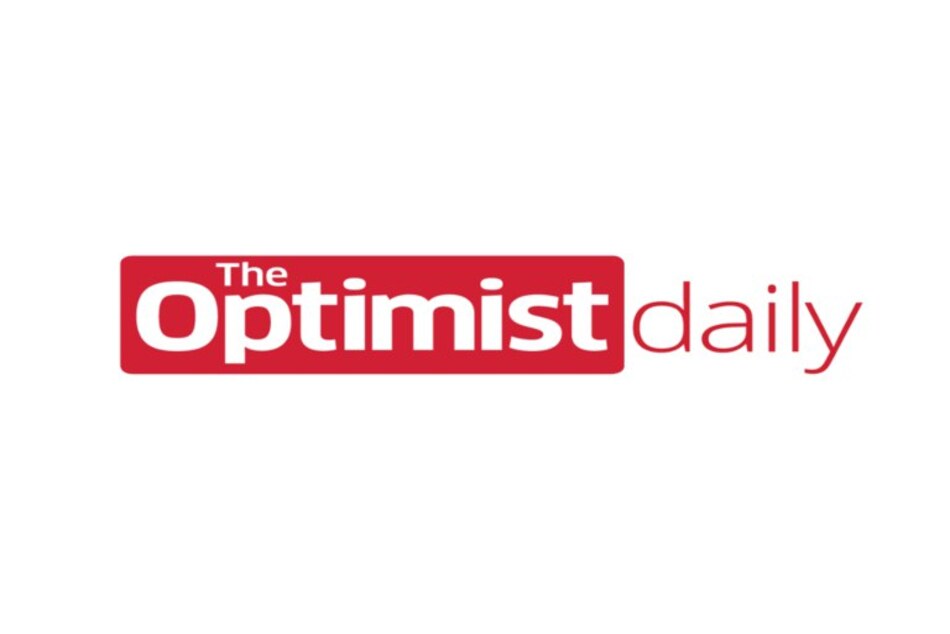For the first time ever, doctors at NYU Langone Health in New York City have successfully transplanted a pig kidney into a human. The primary function of this organ is to filter waste products and excess fluid from the blood, which is subsequently turned into urine. When this process breaks down, a wide range of health complications can arise.
According to the HRSA, there are around 106,758 people currently on the national transplant waiting list in the US. Sadly, 17 deaths occur each day from not receiving one in time. On average, the wait time for a kidney is three to five years, though this advancement may be able to curb the shortage.
Using different animal tissues in humans had not previously been achievable due to the recipient’s immune system rejecting the organ, recognizing it as foreign material. Thanks to advances in biotechnology, the gene responsible for this reaction was able to be altered in the pig tissue, allowing the human body to accept the organ and use it as their own.
The recipient of this novel procedure was a brain-dead patient with signs of kidney dysfunction, whose family and an ethics committee approved the groundbreaking surgery to take place. This was done for safety reasons and so the surgical team could keep a close eye during the course of the experiment. The organ was maintained outside the body, attached to the patient’s blood vessels, for three whole days! Testing revealed after the transplant that urine production was operating smoothly, and abnormal levels of molecules associated with kidney dysregulation returned to normal.
For end-stage kidney failure patients, it is estimated that procedures such as this will be available in the next few years. Hopefully, this is a starting point for a future with fewer deaths due to organ waiting lists and less time spent hooked up to dialysis machines.
Source study: Live Science – Pig kidney successfully hooked up to human patient in watershed experiment
This story is part of our ‘Best of 2021’ series highlighting our top solutions from the year. Today we’re featuring health solutions.











